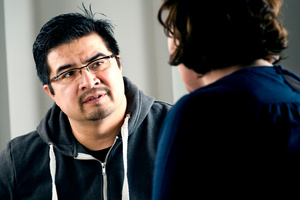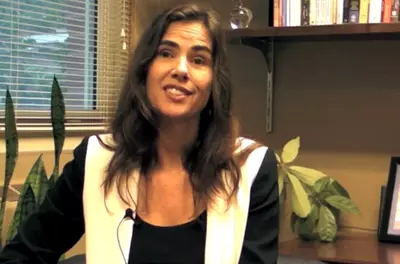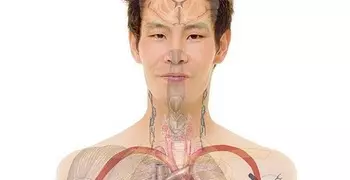Anxiety & Depression

What Types of Psychotherapy Are Helpful for Anxiety and Depression?
 Just as no two people are affected the exact same way by depression and anxiety, there is no “one size fits all” treatment. What works for one person might not work for another.
Just as no two people are affected the exact same way by depression and anxiety, there is no “one size fits all” treatment. What works for one person might not work for another.
The best way to treat depression or anxiety is to become as informed as possible about the treatment options, and then tailor them to meet your needs. In many cases, it is helpful to work with a professional to determine the best fit.
Types of therapy
Therapy may help you develop an awareness of what you feel, why you feel that way, what your triggers are, and how you might change your reaction to them. Some types of therapy teach practical techniques to reframe negative thinking and change behaviors.
There are many types of therapy available. Three of the more traditional methods used in depression include cognitive behavioral therapy, interpersonal therapy, and psychodynamic therapy. Often, a blended approach is used.
Interpersonal therapy
- Focuses on the patient's disturbed personal relationships that both cause and exacerbate the depression
Cognitive/behavioral therapists
- Helps patients change the negative styles of thinking and behaving that are often associated with depression
- Focuses on recognizing and changing thought patterns and behaviors that lead to troublesome feelings
- Helps limit distorted thinking by looking at worries more realistically
Mindfulness-Based Cognitive Therapy
- Based on Jon Kabat-Zinn’s Mindfulness Based Stress Reduction model
- Combines cognitive therapy with principles of mindfulness
- Designed for people who experience “repeated bouts of depression or chronic unhappiness”
Dialectical Behavioral Therapy (DBT)
- Developed to help manage borderline personality disorder
- Combines individual and group sessions
Psychodynamic therapies
- Sometimes used to treat depression
- Focus on resolving the patient's internal psychological conflicts that are typically thought to be rooted in childhood
- Long-term psychodynamic therapies may be useful if there is a lifelong history and pattern of inadequate ways of coping (maladaptive coping mechanisms) in negative or self-injurious behavior
Eye Movement Desensitization Resolution (EMDR)
- Frequently recommended for people who have experienced trauma or suffer from post-traumatic stress disorder (PTSD)
- Involves an 8-stage approach that includes recalling upsetting memories while engaging in side to side eye movement or other sensory input
Somatic therapies, including Hakomi and Somatic Transformation
- Body-centered practices that focus on the relationship between the body and mind
- Based upon the belief that thoughts and emotions have a physical impact on the body, and vice versa
Interpersonal and Social Rhythm Therapy (IPSRT)
- Designed to help people improve their moods by understanding and working with their biological and social rhythms
- Originally developed as a form of psychotherapy for a single clinician and a single patient, the program has since been adapted to work in several different kinds of settings, including inpatient and outpatient groups.
- A compelling adjunctive therapy for people with mood disorders, emphasizing techniques to improve medication adherence, manage stressful life events, and reduce disruptions in social rhythms
- Teaches patients skills that let them protect themselves against the development of future episodes
Taking care of yourself: 2-minute videos

Be More Positive
Dr. Barbara Fredrickson, a leading scholar in the field of positive psychology, explains simple ways that you can enhance positive emotions in your life.

Practice Self-Compassion
Self-compassion researcher Kristin Neff offers tips for making friends with yourself.
Disclaimer: The information in this website page is not to be used in place of medical treatment by a health or mental health provider.





